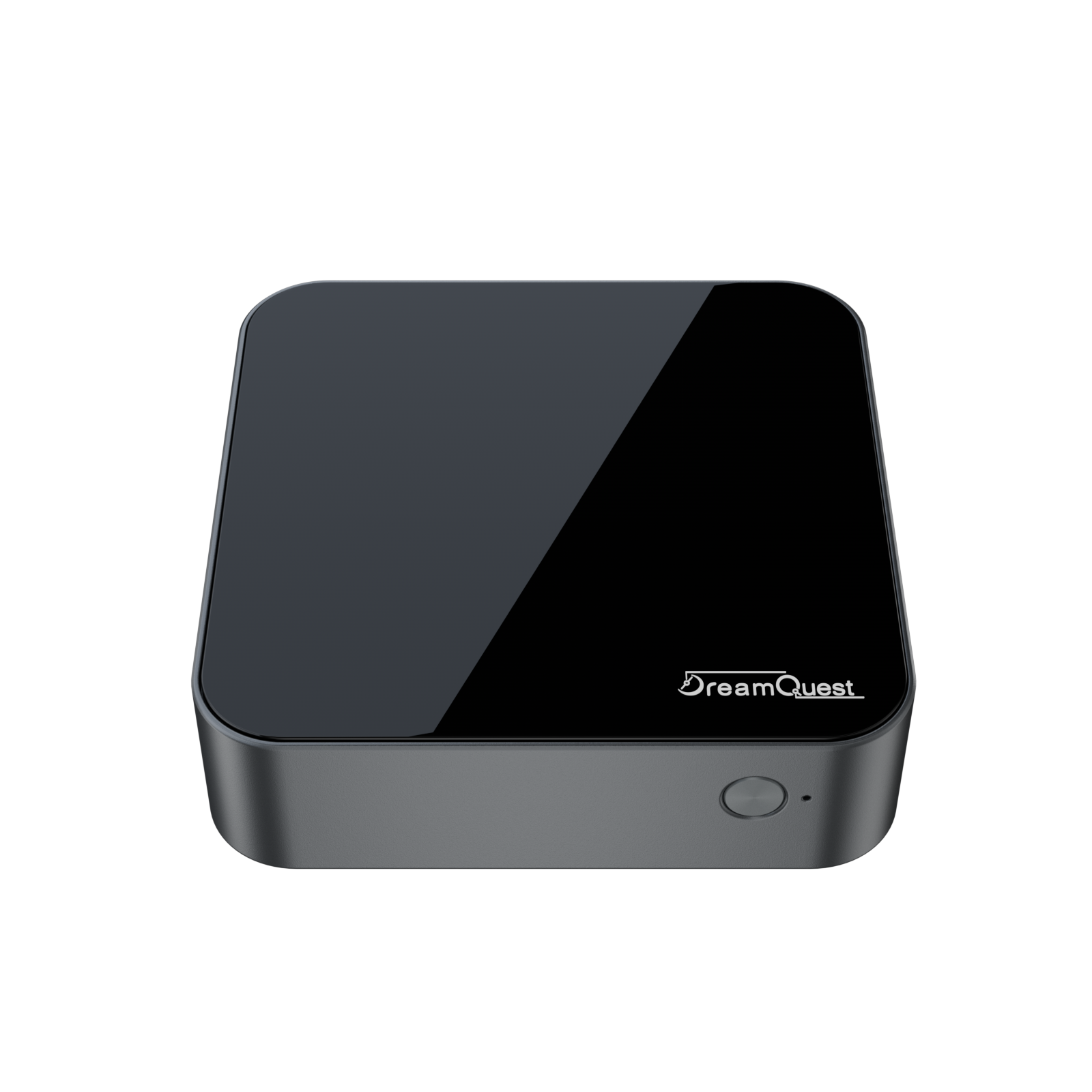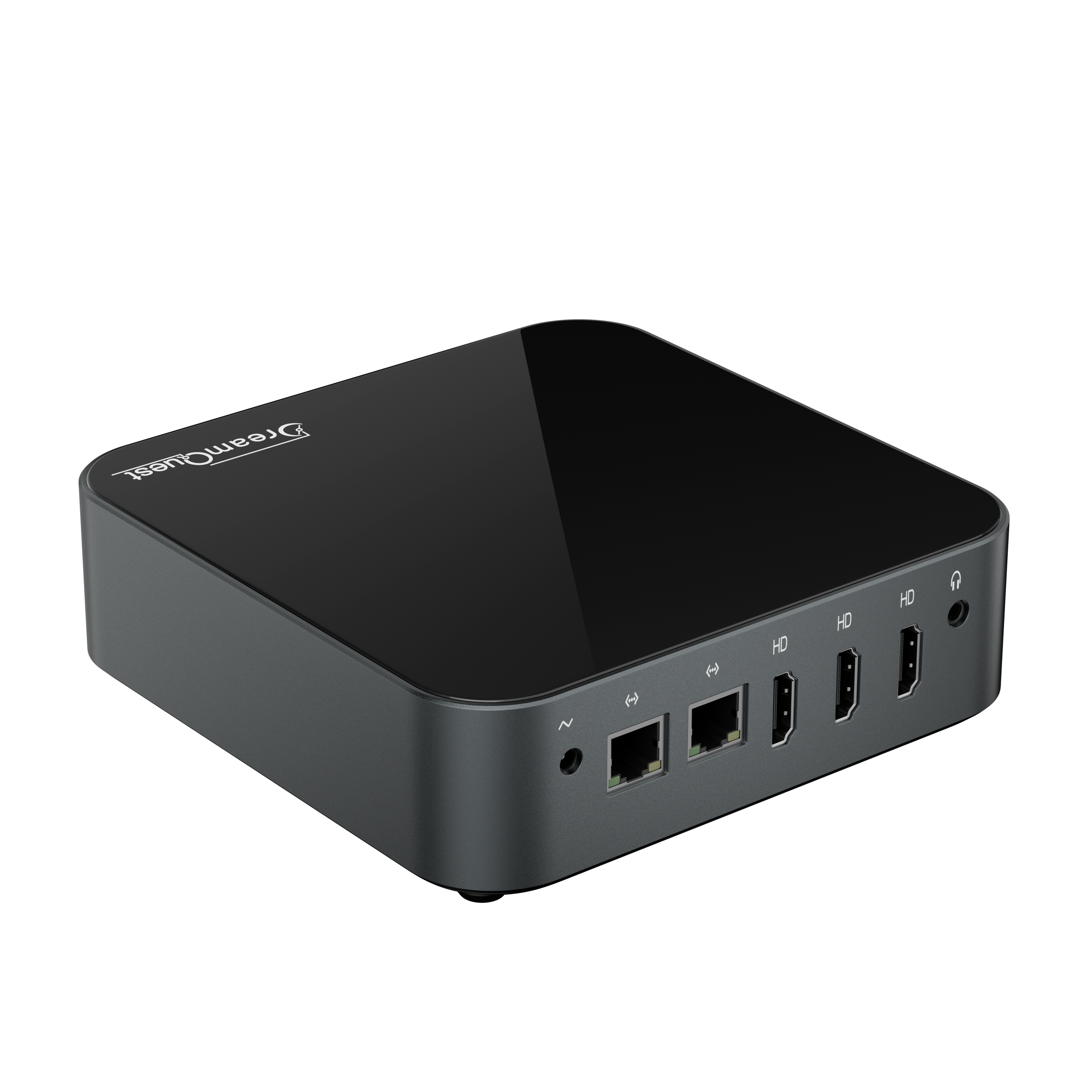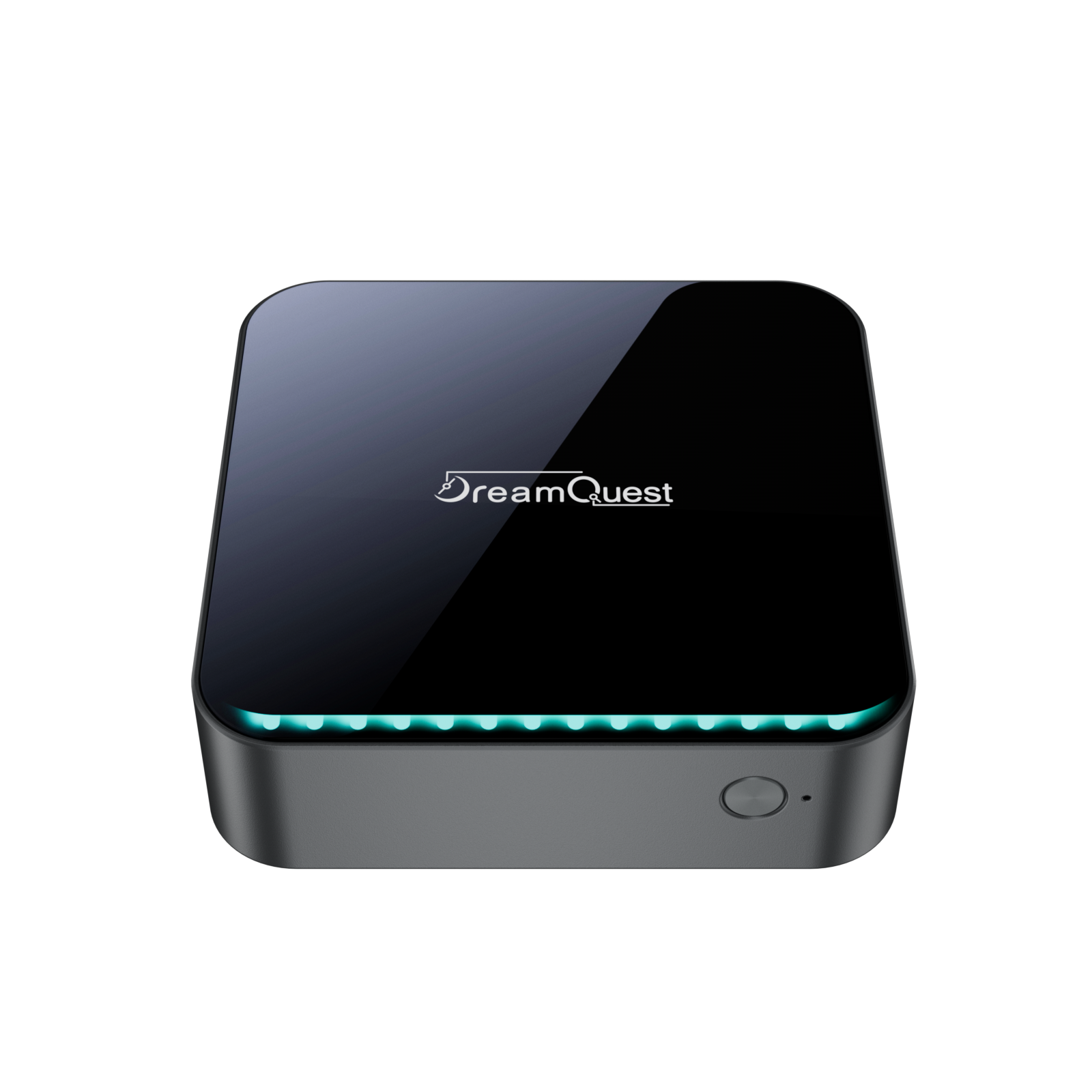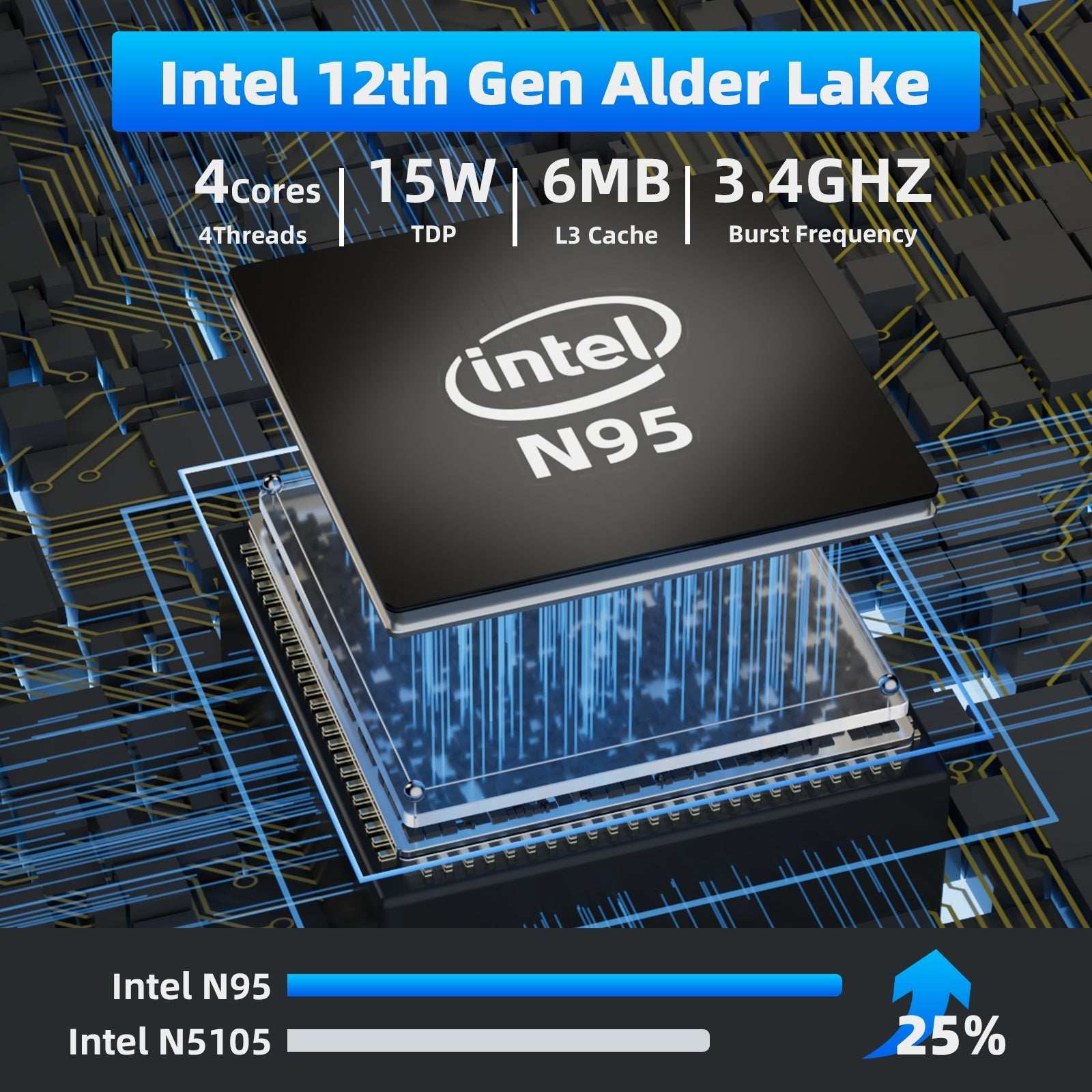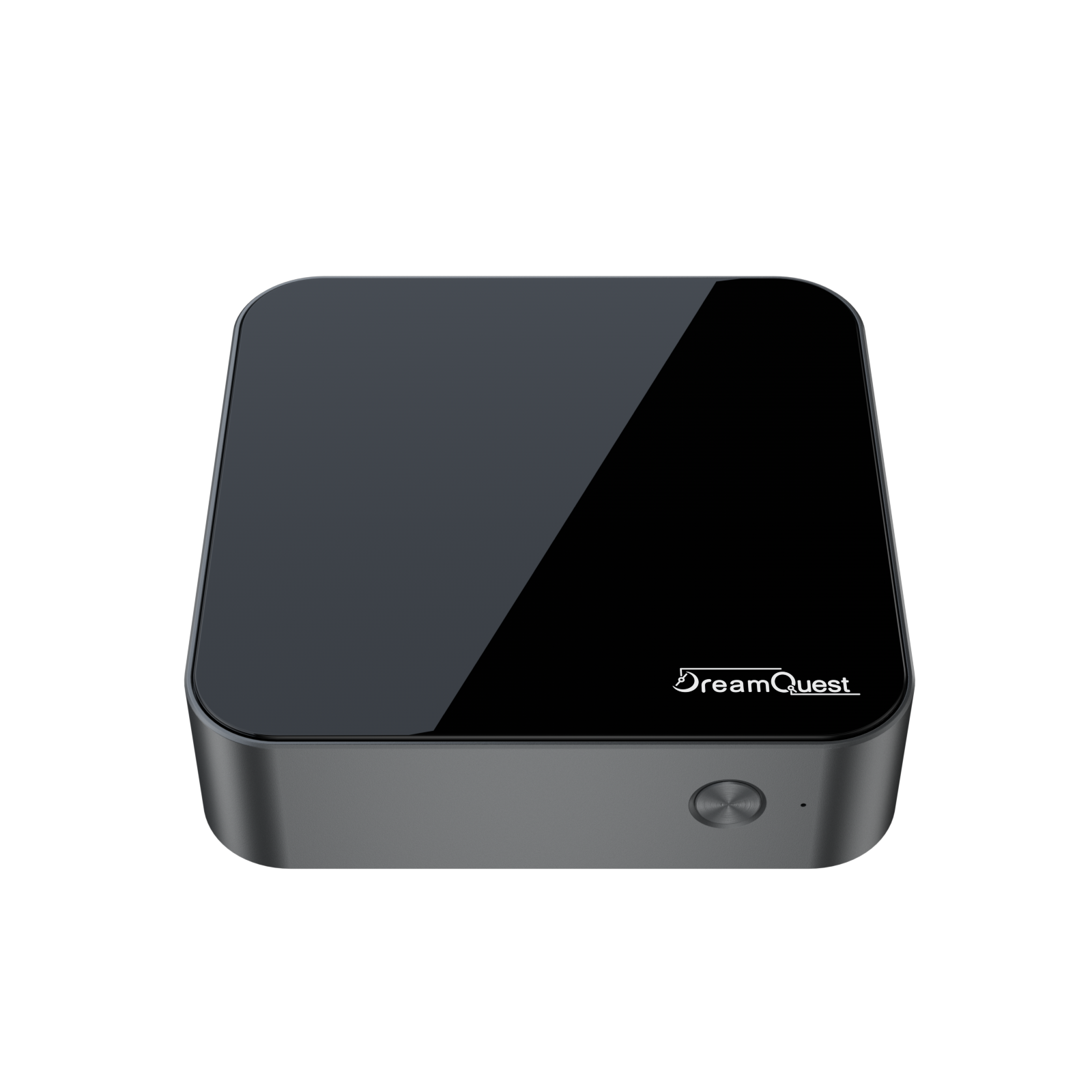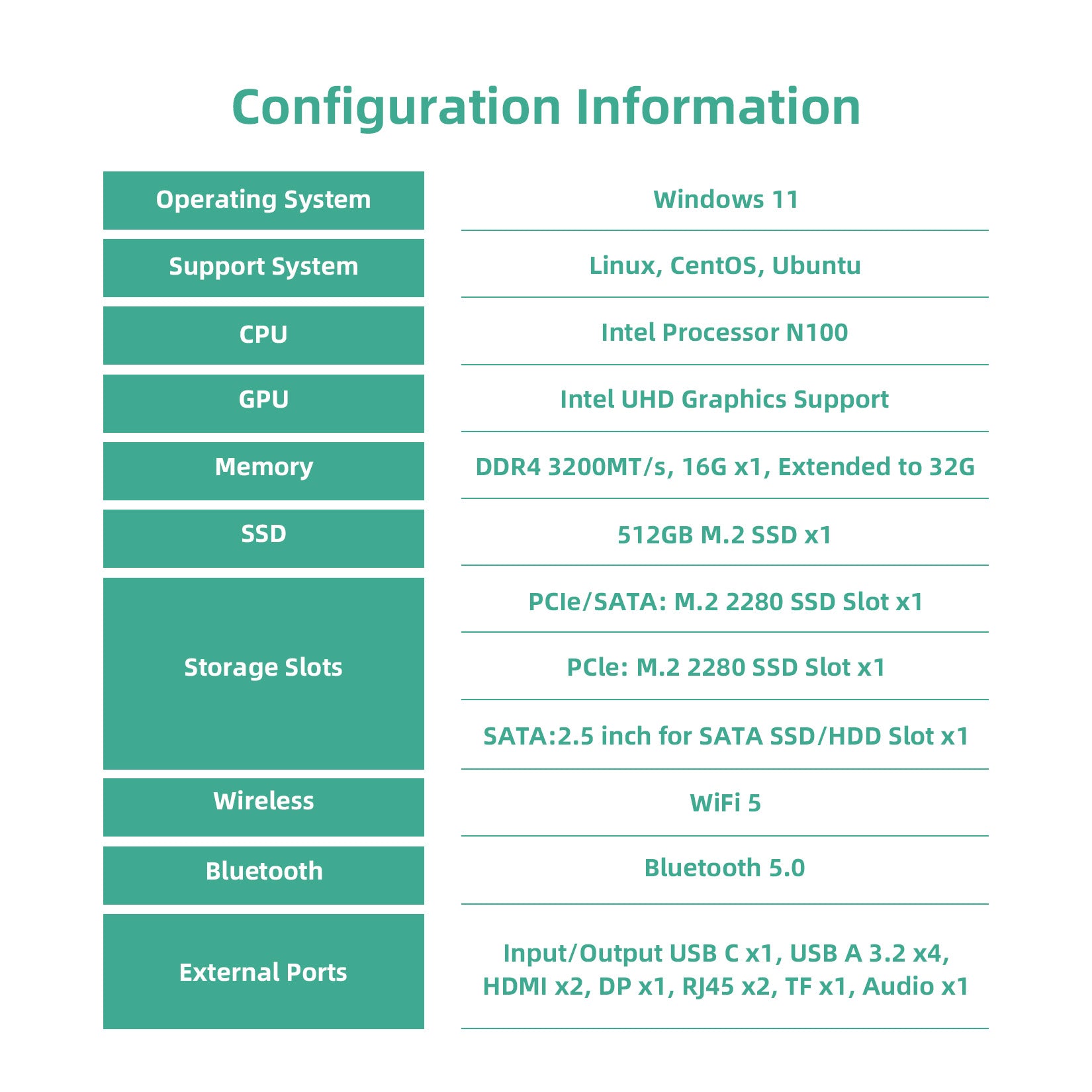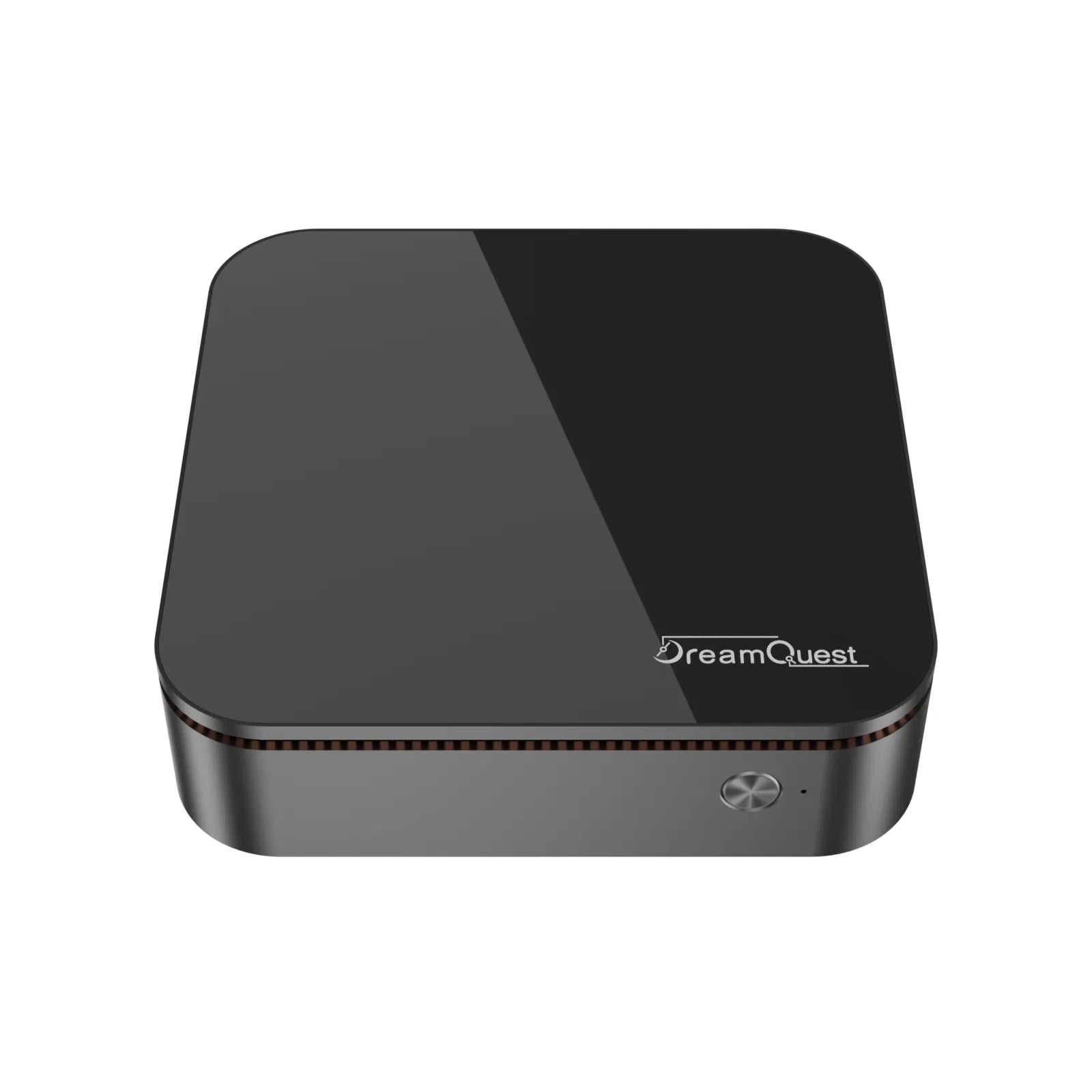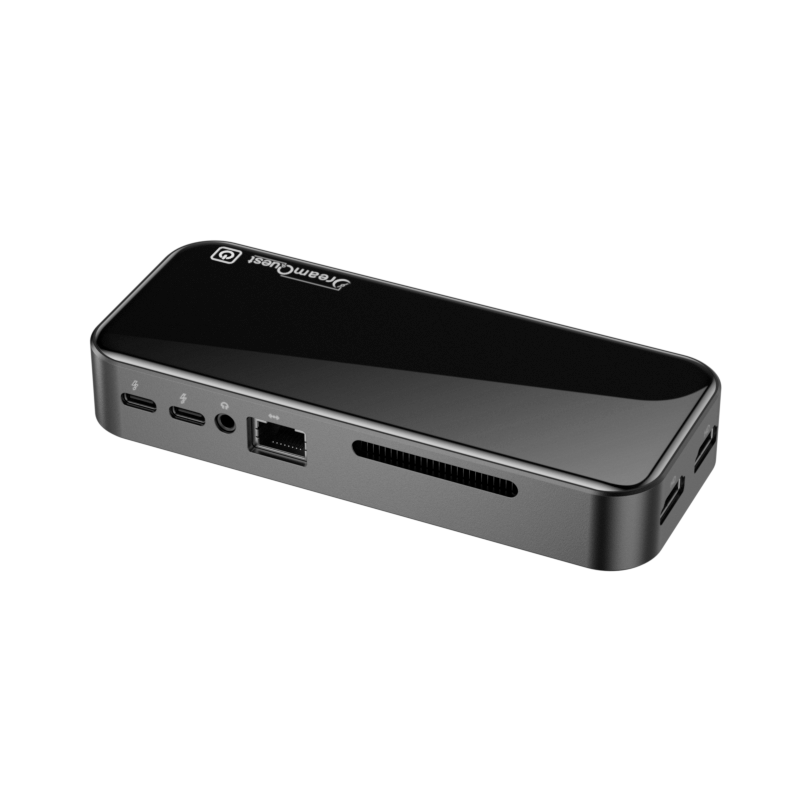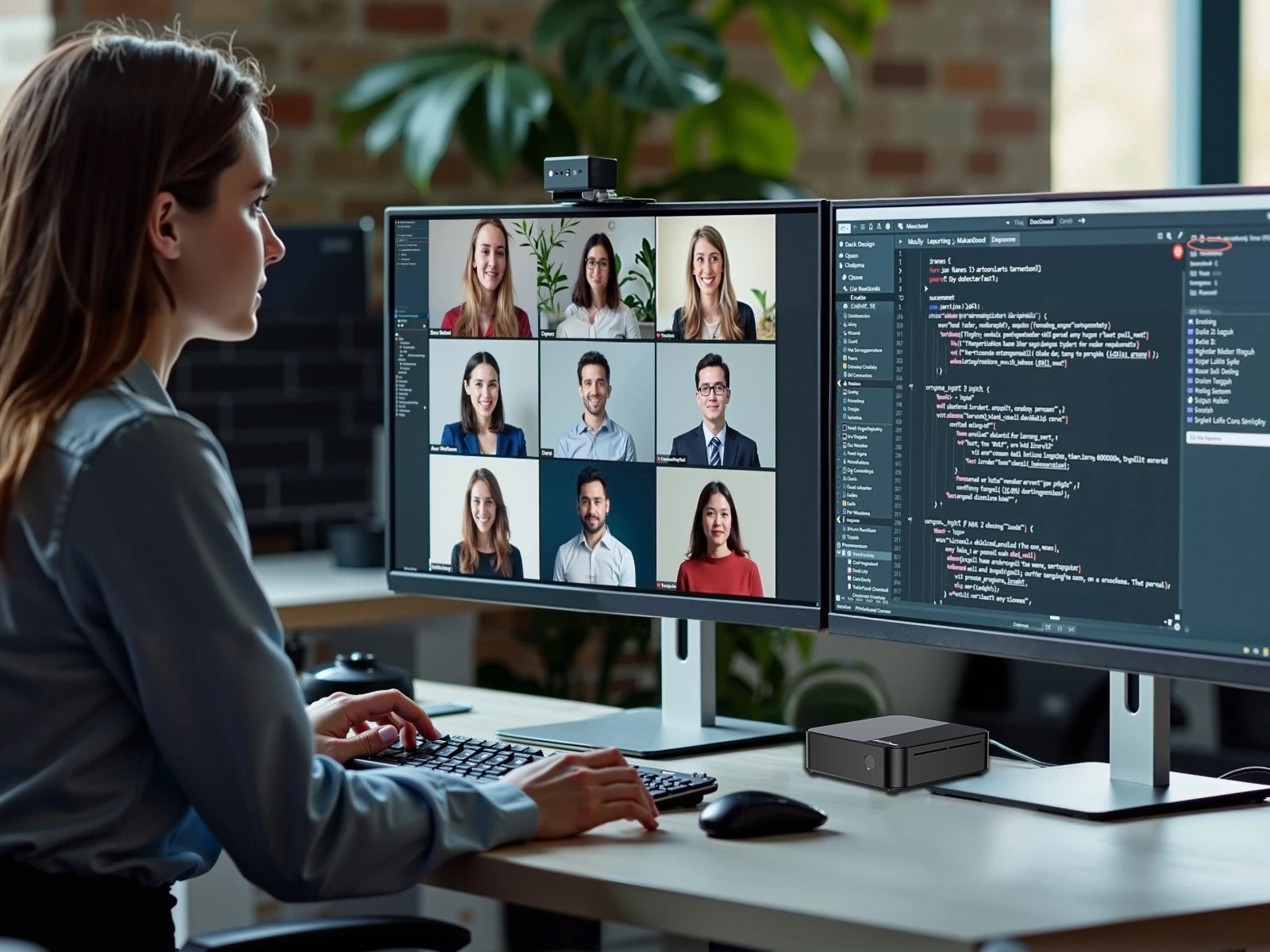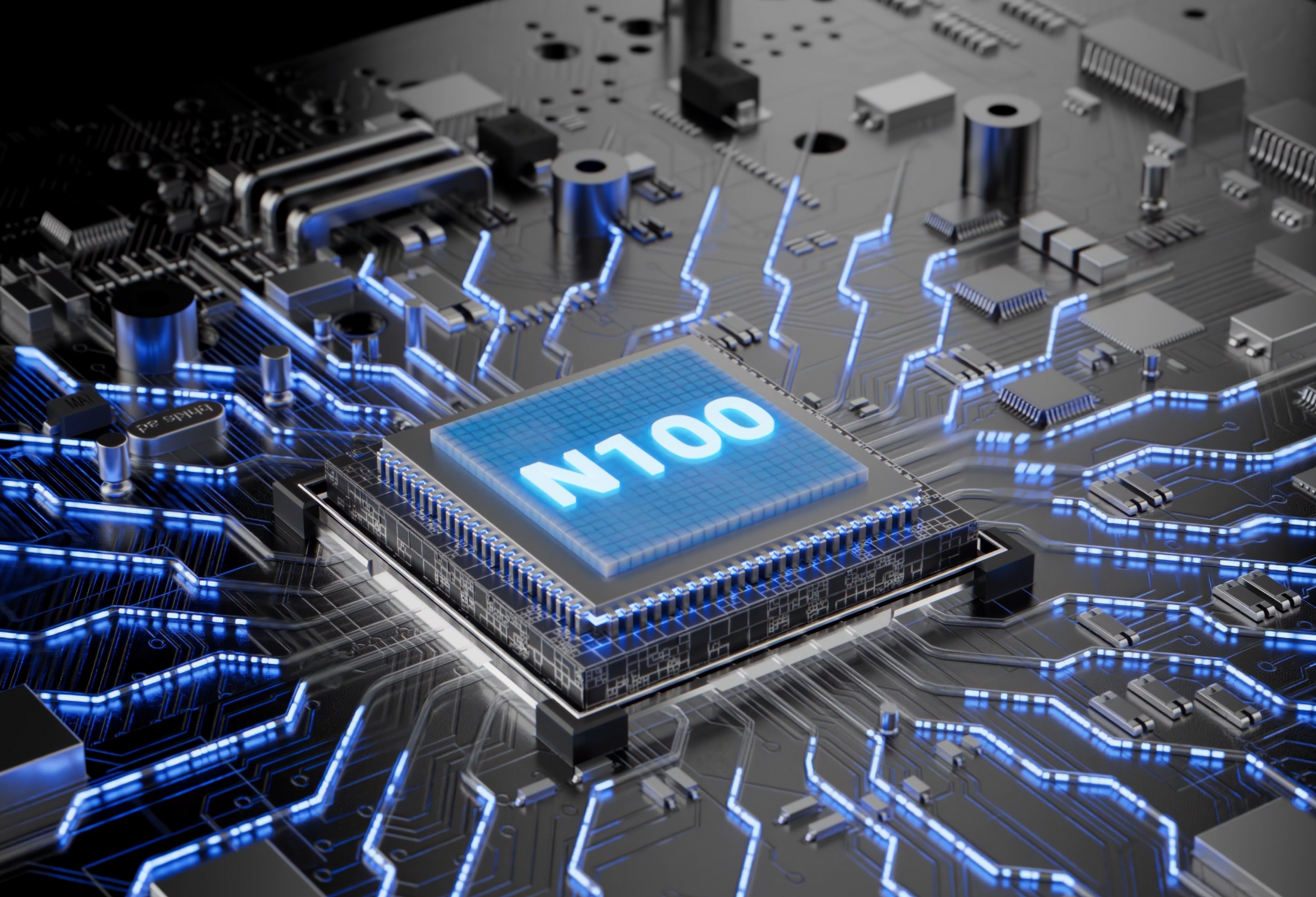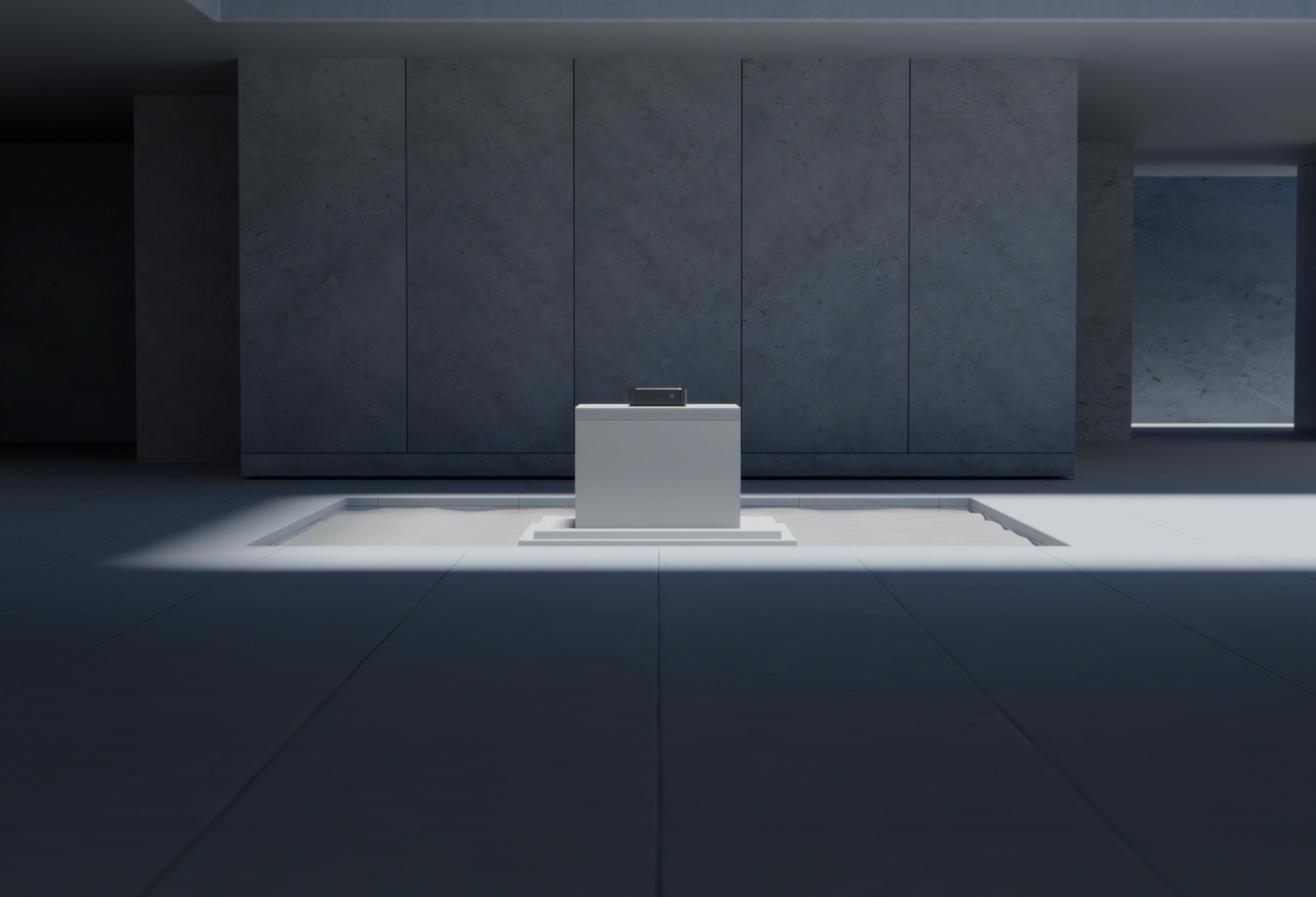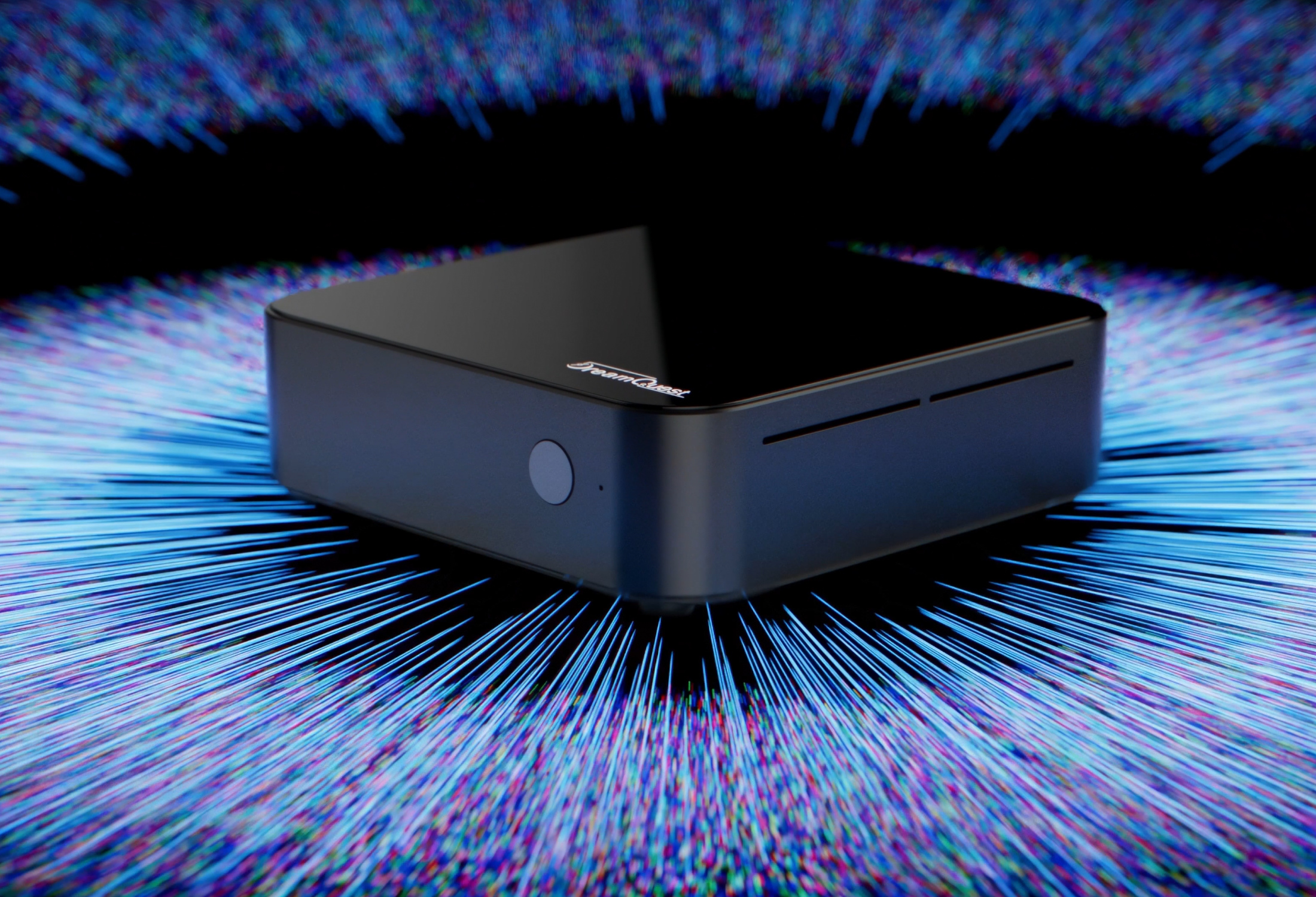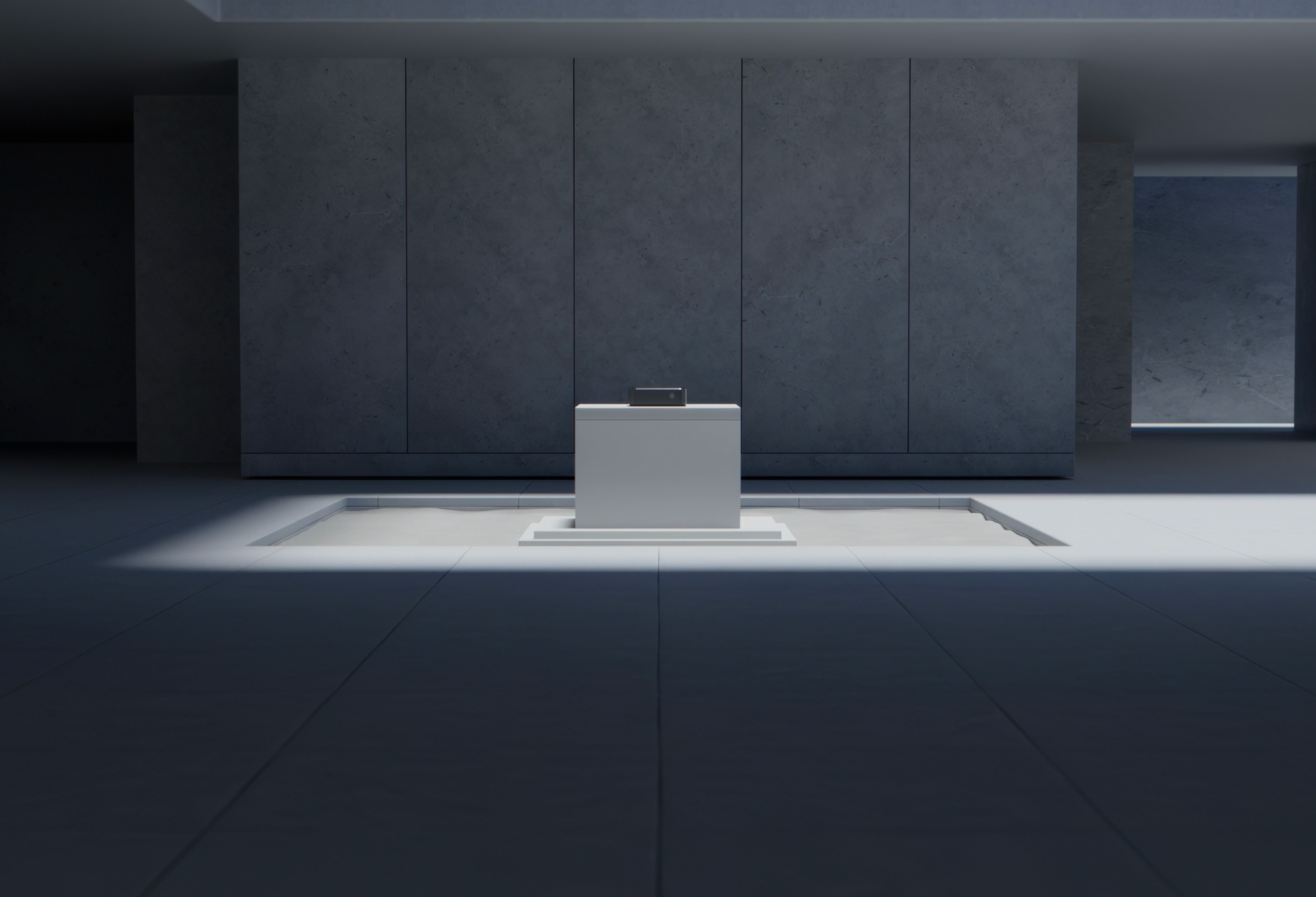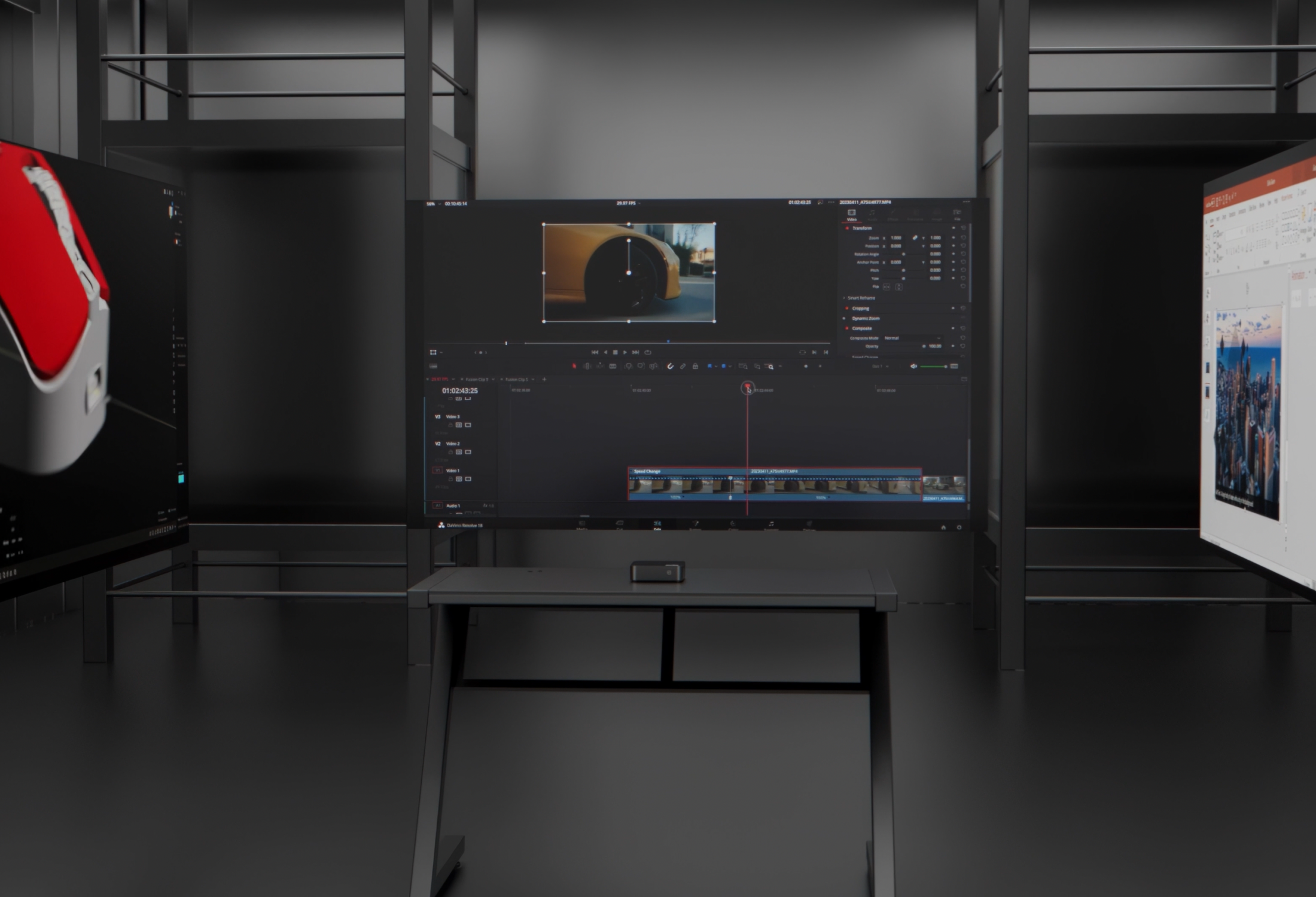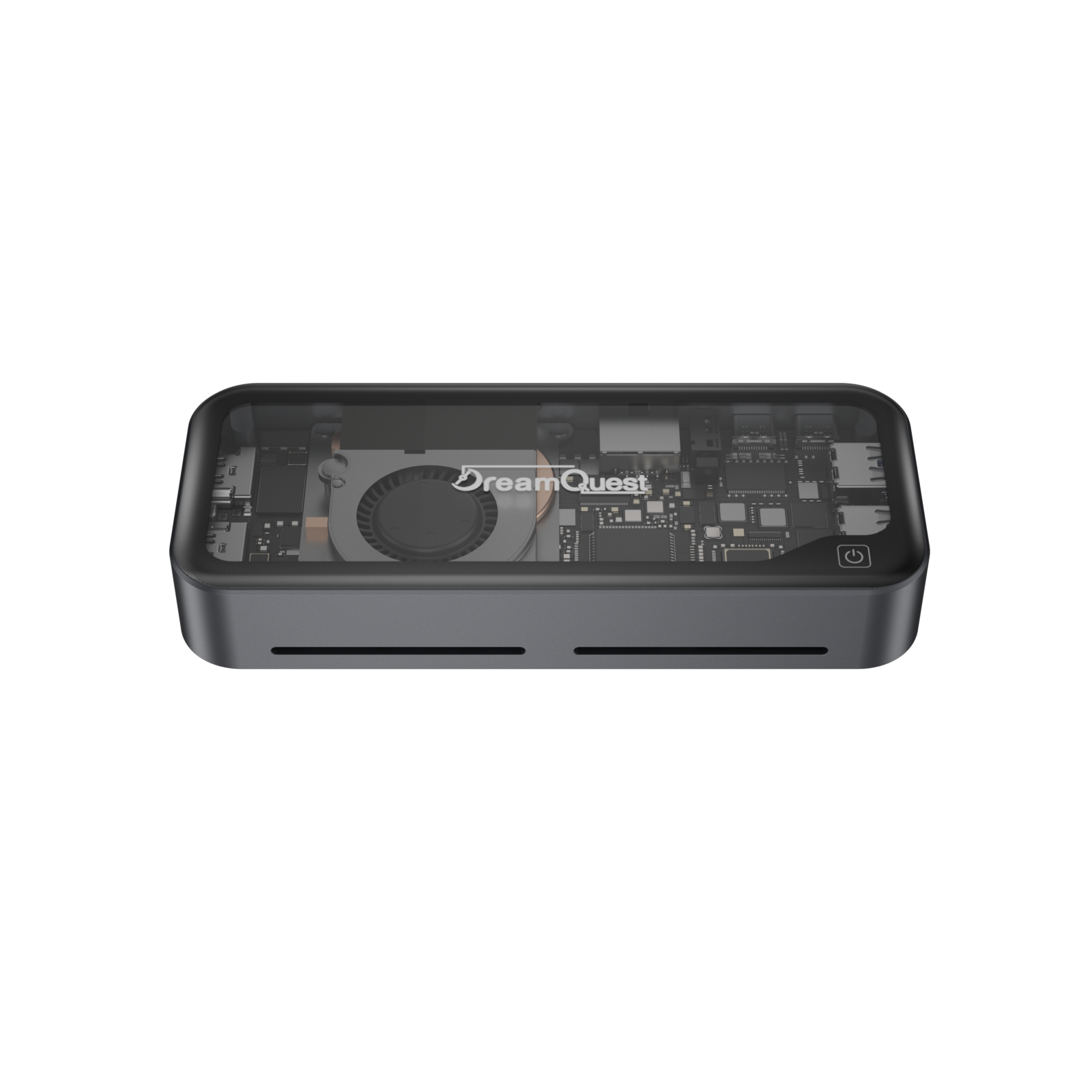
What to Consider Before Buying a Mini PC in 2025?
Mini PCs have become increasingly popular as more people embrace remote work, digital entertainment, and space-saving setups. Compact, power-efficient, and surprisingly capable, mini PCs offer a compelling alternative to bulky desktops or overpriced laptops.
But with so many options on the market, how do you know which one is right for you?
In this article, we’ll break down what you need to look out for when buying a mini PC in 2025—using the DreamQuest Mini PC as a practical example.
1. Processor Performance: It Should Be Just Right
The processor is the heart of your mini PC. In 2025, many compact systems come equipped with Intel N-series chips like the N100 or N150.
The DreamQuest Pro Plus N150 features an Intel N150 processor (4 cores, 4 threads, up to 3.6GHz). It handles everyday tasks—web browsing, video playback, office work, and light multitasking—smoothly and reliably. Unless you're gaming or editing 4K video, you probably don't need a high-end CPU.
🧠 Tip: Choose what fits your workflow. Overpaying for power you’ll never use isn’t smart.
2. Memory & Storage: Scalability Is Key
In 2025, 16GB of RAM should be your minimum, especially if you multitask often. Some premium models now offer 32GB, which is ideal for creators, professionals, or tech enthusiasts.
DreamQuest Mini PCs come with dual M.2 slots supporting up to 4TB of SSD storage, giving you flexibility to expand your space over time.
🔧 Don’t just check the default specs—look at upgrade potential.
3. Cooling & Noise: Stability Matters
Compact PCs tend to overheat if cooling isn’t well designed. Fortunately, DreamQuest uses an efficient active cooling system that keeps temperatures in check even under load.
Better yet, the fan runs quietly, making it a great choice for bedrooms, offices, and quiet workspaces.
4. Ports and Connectivity: Don't Settle for Less
A major pitfall in low-cost mini PCs is limited I/O. Make sure your device supports:
-
Full-function USB-C (data, power, video)
-
HDMI / DisplayPort for dual or triple displays
-
Gigabit Ethernet, standard USB-A, and 3.5mm audio jack
The DreamQuest Pro Plus N150 offers USB-C, dual HDMI + DP, and triple display output, giving you full flexibility for multi-screen workflows, home theaters, or even trading setups.
5. Operating System & Compatibility
Pre-installed systems save time. Look for mini PCs with Windows 11 Pro, which is secure and widely compatible.
DreamQuest Mini PCs come preloaded with genuine Windows 11 Pro, and they also support Linux, Ubuntu, and OpenWRT, making them ideal for developers, hobbyists, or DIY NAS/router projects.
6. Power Efficiency & Mounting: The Mini PC Advantage
Compared to traditional desktops, Mini PCs offer:
-
Low power consumption (6W–25W)
-
Tiny footprint (can mount behind monitor)
-
Silent operation (great for minimalist setups)
DreamQuest models are VESA-mountable, and setup takes less than 10 minutes—no drilling or special tools required.
7. Brand Support & Community Feedback
Many low-cost mini PCs come from generic suppliers with little to no after-sales support. When problems arise, you're on your own.
DreamQuest offers 1-year warranty, responsive customer service, and a growing user base in North America and Europe. Verified reviews highlight its performance and reliability, making it a safer investment.
Final Thoughts: Don’t Let Price Be Your Only Guide
A mini PC is not just a cheaper alternative to a desktop—it's a modern, space-saving solution for efficient digital life.
But not all mini PCs are created equal.
If you’re looking for a machine that’s powerful enough for everyday work, expandable for future needs, quiet, well-built, and backed by a real brand, DreamQuest Mini PC is worth considering.
📌 Learn more about DreamQuest Mini PCs or check out real user feedback at www.dreamquest.online

